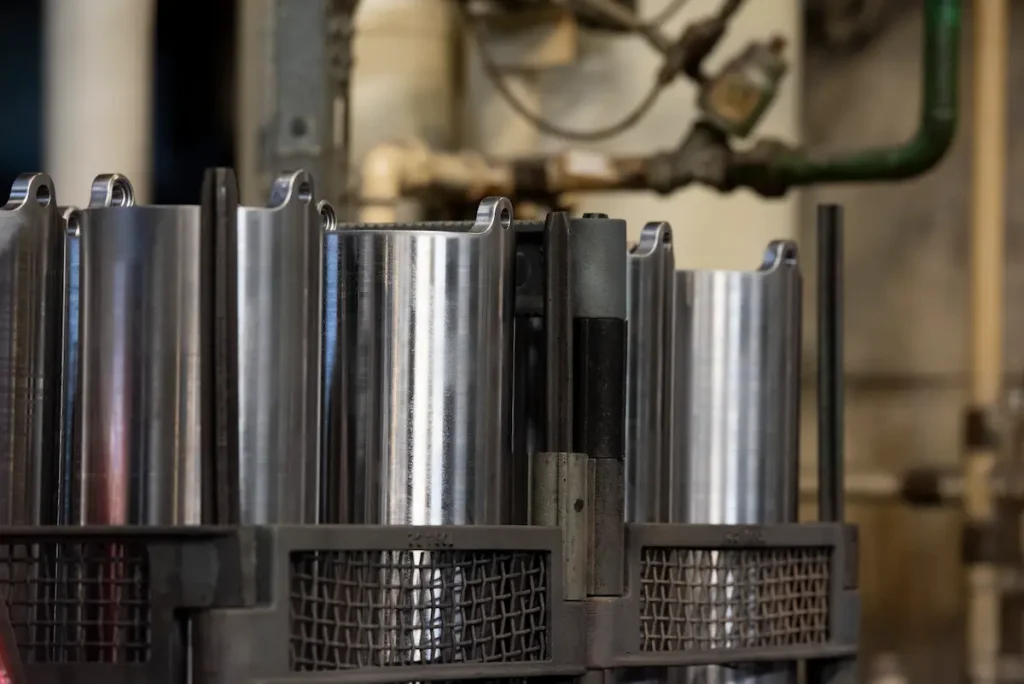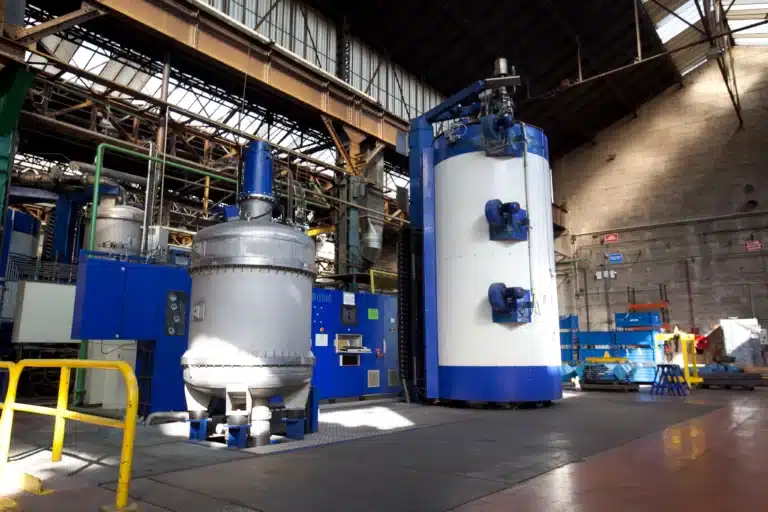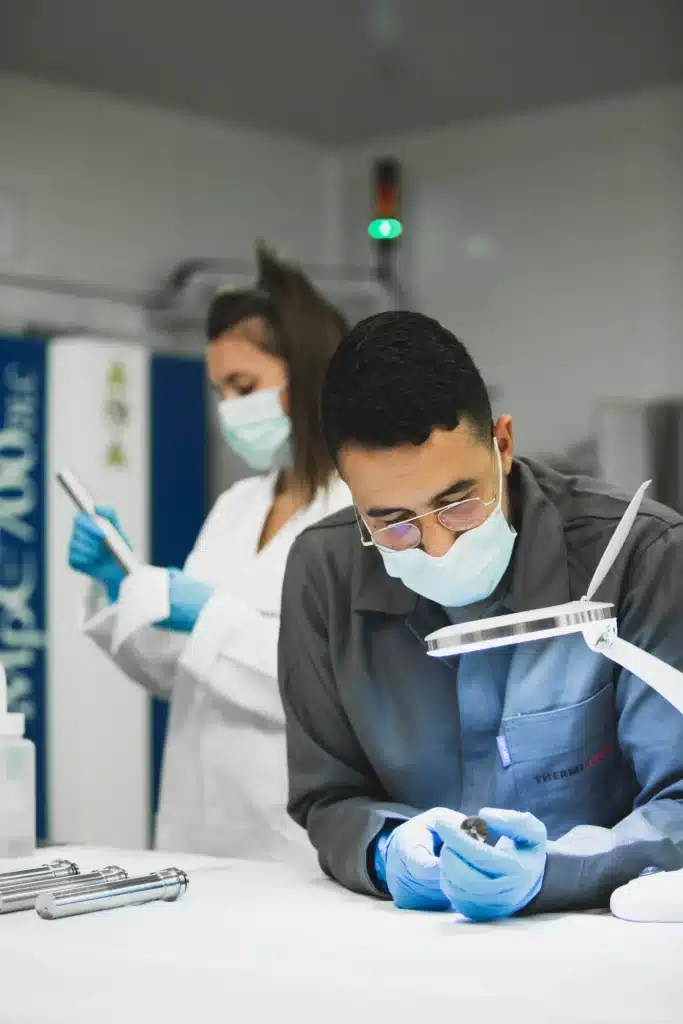The aim of martensitic hardening is to bring out a specific constituent in steels, called martensite, in order to make them harder and more resistant to wear and mechanical stress. It is one of the oldest known heat treatments of metals, and is still used today, due to its effectiveness and martensite's key role in steel hardening. This method produces particularly durable steels, and is used to treat the vast majority of steels worldwide.

How martensitic hardening works
To fully understand how martensitic hardening works, we need to remember that heat treatment of metals offers two modes of material hardening: structural hardening and martensitic hardening. The latter is the oldest technique and, as its name suggests, is based on the formation of martensite during a quenching operation.
This method represents the first heat treatment in history. Blacksmiths used this rapid cooling process to increase the hardness of the blades they produced, while controlling the speed of the cooling process to limit deformation.
Martensitic hardening process
The process was the brainchild of a German metallurgist by the name of Martens. By analyzing the hardening process, he realized that it was possible to considerably increase the hardness of steels by simply modifying a few parameters of the operation. In practice, martensitic hardening involves transforming the structure of the steel. At room temperature, the structure is composed of ferrite and pearlite, and the atoms are distributed throughout the material in the form of a cubic structure. By heating the workpiece to between 850°C and 1200°C, the austenitizing temperature, austenite is obtained. Then, as the metal rapidly cools, the material's internal structure, on an atomic scale, congeals into a tetrahedron (quadratic structure). This is when martensite appears. This stage is of crucial importance because, if cooling is too slow, the part will revert to its original structure of ferrite and pearlite, or intermediate constituents known as troostite. In practice, various fluids can be used to cool metals during martensitic quenching: water, which remains the fastest, but also oil or even certain gases, such as nitrogen or argon.
The creation of martensite slightly increases the volume of the material's structure, making it much more resistant to wear and mechanical stress.
Tempering, a complementary heat treatment to martensitic hardening
The martensite obtained from a martensitic hardening operation guarantees excellent material hardness. However, this treatment may be accompanied by other operations, such as temperingfor example, to adjust its hardness. Tempering also serves to defragilize the part, making it more resilient.
Advantages of this heat treatment method
Although martensitic hardening was the first heat treatment of metals, it has undergone several technological evolutions over the years. This technique multiplies steel's natural resistance to wear and mechanical stress by a factor of between 5 and 10.
Despite its age, this process is still one of the most effective ways of hardening metal, and is still one of the most widely used technologies in industry. It is estimated that today, 80% of the world's steels are suitable for martensitic hardening, while the remaining 20% are structurally hardened. Without the invention of this process, planes wouldn't fly, trains wouldn't run and cars wouldn't leave their garages. The best-known examples of steels treated using this method are undoubtedly wheel shafts and automobile gearboxes. Tremendous technological progress has now made it possible to use vacuum technologies, which are far more greentech, and cooling under gas or oil, which is perfectly controlled.
The first blacksmiths may not have been able to explain it, but they understood it well: sudden cooling following heating to very high temperatures produces martensite in steel. This heat treatment process has stood the test of time because of its exceptional ability to make parts significantly more resistant to wear and mechanical stress. In fact, martensitic hardening still treats 80% of the world's steels. Compatible with a tempering operation, for example, this method can be carried out in a variety of cooling media: water, oil, nitrogen or argon. It is therefore an extremely popular heat treatment, used in cars as well as planes and trains, and still has a bright future ahead of it.





